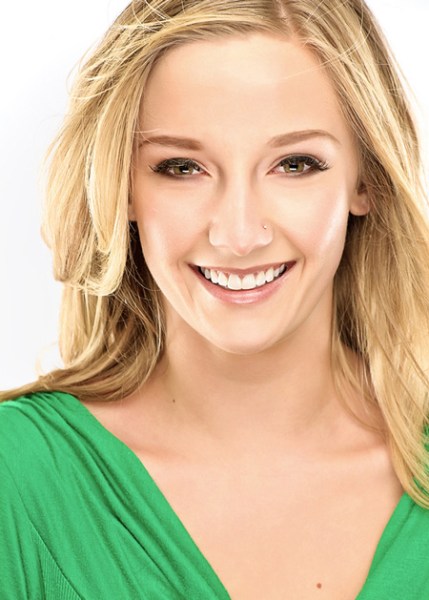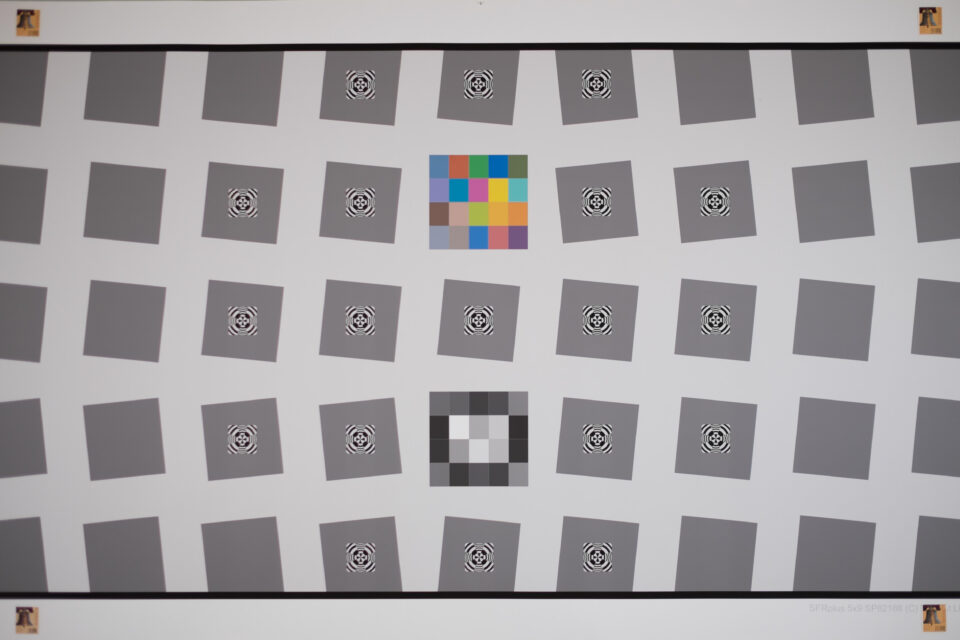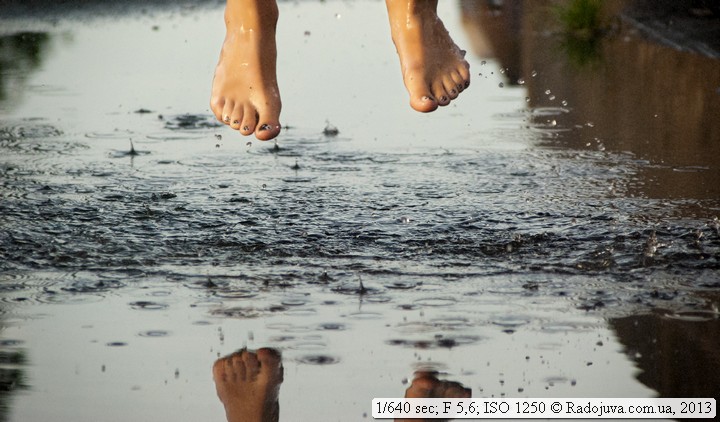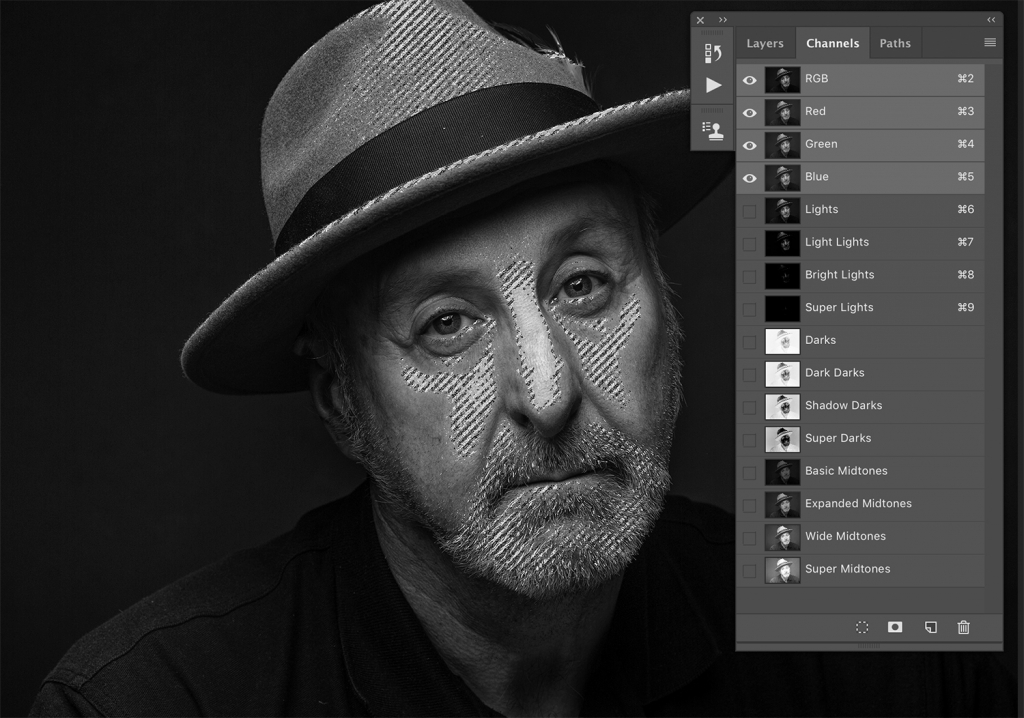the less time
ALL SHADOWS OF THE RAINBOW, OR HOW THE COLOR AFFECTS THE PHOTO
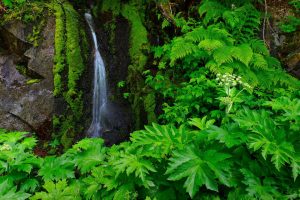 In the technical aspect, color can be complex, but in the artistic aspect, this is one of the most important parts of the image, affecting the emotions of the viewer, unlike any other element of the photo. In our article, landscape photographer Spencer Cox will introduce you to the concept of color and color combinations in the context of photography.
In the technical aspect, color can be complex, but in the artistic aspect, this is one of the most important parts of the image, affecting the emotions of the viewer, unlike any other element of the photo. In our article, landscape photographer Spencer Cox will introduce you to the concept of color and color combinations in the context of photography.
Warm or cold?
Warm colors are more active and emotionally charged. They just “jump” at the viewer, attracting his attention and causing interest. Warm colors are less common in the surrounding world than cold ones, so an image in which there is a small object of such a shade can stand out – you get a natural accent. This is one of the reasons why autumn photos, sunset and sunrise shots are so popular. Continue reading
AMAZING FISHEYE LENS WORLD
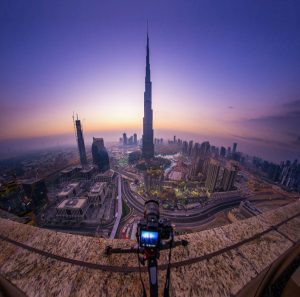 Fisheye lenses have a very short focal length, which gives them an extremely wide viewing angle. This means that the image is becoming wider than realistically possible. The edges of the image are distorted, making the photo spherical. Everything that is nearby becomes very large in the frame, and everything at a distance becomes extremely small.
Fisheye lenses have a very short focal length, which gives them an extremely wide viewing angle. This means that the image is becoming wider than realistically possible. The edges of the image are distorted, making the photo spherical. Everything that is nearby becomes very large in the frame, and everything at a distance becomes extremely small.
Such lenses have a focal length of less than 12 mm. The smallest focal length for them is 7.5 mm. They are available for both SLR and mirrorless cameras. In addition, there is also a selection of special fisheye for smartphones.
Often distortion can be annoying. But this is not necessary at all – with proper use, a fish eye can be visually pleasing and even preferable to a conventional wide-angle lens. Try using distorted lines and curves to bring the viewer’s eye to the right place in the image. Continue reading
MAGIC WINTER LANDSCAPES: HOW TO TURN A DIAMOND DUST INTO SUNNY PILLARS
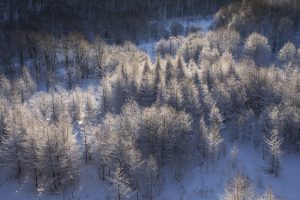 The Japanese island of Hokkaido in winter colors is a treasury of objects for photography. Even if you wanted to shoot exclusively winter landscapes, your choice includes a number of mystical, but extremely impressive phenomena that occur only in conditions of extreme cold. These include solar poles. Landscape photographer Toshiki Nakanishi shared some tips for shooting them using examples taken in the Hokkaido region of Bi-Furano. (Toshiki Nakanishi, Digital Camera Magazine.)
The Japanese island of Hokkaido in winter colors is a treasury of objects for photography. Even if you wanted to shoot exclusively winter landscapes, your choice includes a number of mystical, but extremely impressive phenomena that occur only in conditions of extreme cold. These include solar poles. Landscape photographer Toshiki Nakanishi shared some tips for shooting them using examples taken in the Hokkaido region of Bi-Furano. (Toshiki Nakanishi, Digital Camera Magazine.)
how to turn diamond dust into solar poles
EOS 5D Mark IV / EF100-400mm f / 4.5-5.6L IS II USM / FL: 188 mm / AE with aperture priority (f / 11, 1/125 sec, EV ± 0) / ISO 100 / WB: daylight; Taken on January 13, 8:00
In this image, it was very important to ensure that sunlight reached the trees in the foreground so that the frost on them was reflected as sparkling white.
Shooting conditions Continue reading
